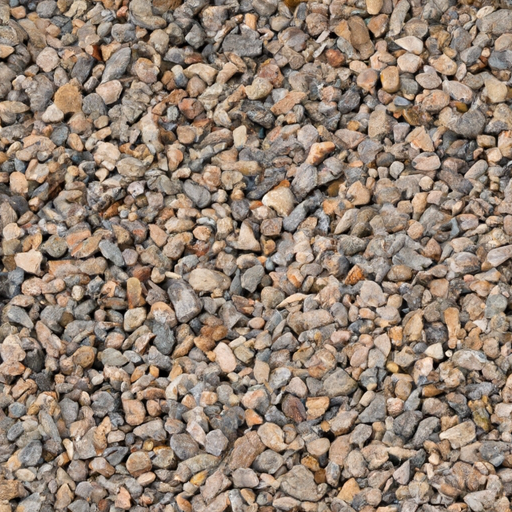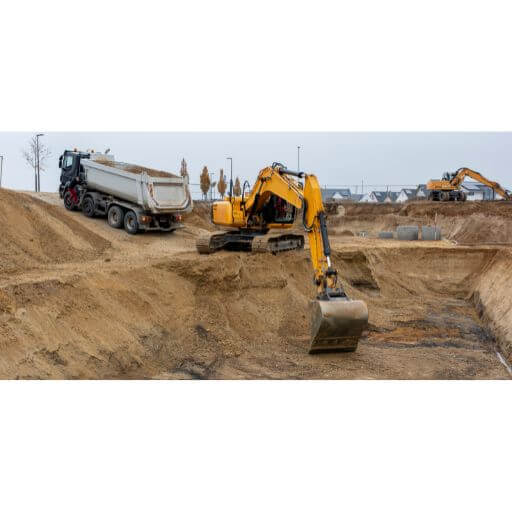
Are you curious about the most common aggregates used in various industries? Look no further! “What Are The Most Common Aggregates?” is here to provide you with a comprehensive overview. Whether you’re involved in construction, landscaping, or even the manufacturing of concrete, understanding the different types of aggregates is crucial. From crushed stone to sand and gravel, this article will explore the properties and applications of these materials, giving you the knowledge you need to excel in your field. Get ready to discover the fascinating world of aggregates!
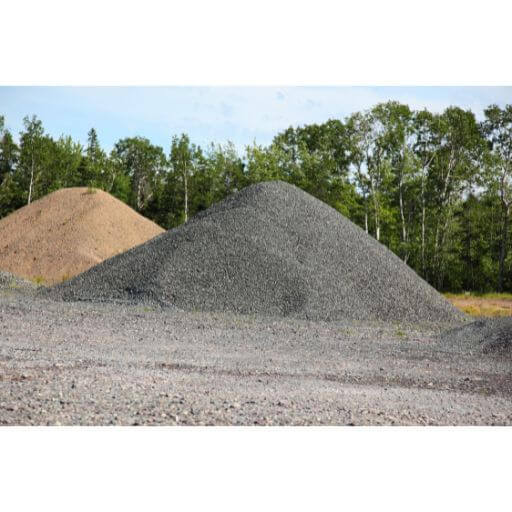
General Overview
Aggregates are essential components used in construction projects. They are granular materials, such as gravel, sand, or crushed stone, that are combined with cement and water to form concrete. Aggregates provide strength, stability, and durability to concrete, making them a vital element in the construction industry. They come in various types, each with its unique properties and uses.
Natural Aggregates
Natural aggregates are materials that are obtained from natural sources, such as rivers, lakes, and quarries. They are the most commonly used type of aggregate in construction.
Gravel
Gravel is a coarse, granular material often found in riverbeds or naturally occurring deposits. It consists of small rocks and stones, ranging in size from 2mm to 60mm. Gravel is commonly used in road construction, drainage systems, and as a base material for concrete.
Sand
Sand is a fine, granular material made up of small particles of rocks and minerals. It is primarily composed of silica, but it can also contain other minerals like quartz or feldspar. Sand is commonly used in the production of concrete, mortar, and asphalt. It is also used for landscaping, sandboxes, and volleyball courts.
Crushed Stone
Crushed stone is a durable and versatile aggregate that is made by crushing large stones or rocks into smaller fragments. It can be used as a base material for driveways, roads, and parking lots. Crushed stone is also commonly used in the construction of drainage systems and railroad ballast.
Manufactured Aggregates
Manufactured aggregates are produced by processing natural materials or byproducts from other industries. They are specifically manufactured to meet certain requirements and often offer unique properties.
Recycled Concrete
Recycled concrete is made by crushing and reusing old concrete structures and debris. This process helps reduce the amount of waste sent to landfill and also conserves natural aggregates. Recycled concrete can be used as a base material in road construction, as a substitute for gravel, or as an aggregate in new concrete.
Fly Ash
Fly ash is a byproduct of coal combustion in power plants. It is a fine, powdery material that can be used as a partial replacement for cement in the production of concrete. Fly ash improves the workability of concrete and enhances its durability and strength.
Blast Furnace Slag
Blast furnace slag is a byproduct of the steel manufacturing process. It is created when iron ore is melted in a blast furnace, and the impurities are removed. Blast furnace slag can be used as a partial replacement for cement in concrete production. It improves the durability and long-term performance of concrete.
Lightweight Aggregates
Lightweight aggregates are materials that have a lower density than traditional aggregates. They are often used in applications where weight reduction is desirable.
Expanded Clay
Expanded clay, also known as lightweight aggregate clay, is produced by heating clay in a rotary kiln. The heat causes the clay to expand, creating lightweight, porous pellets. Expanded clay is commonly used in lightweight concrete, masonry blocks, and insulation.
Pumice
Pumice is a lightweight, volcanic rock that is formed when hot lava cools rapidly and traps gas bubbles within its structure. It is highly porous and lightweight, making it an excellent choice for lightweight concrete, filter media, and horticultural applications.
Scoria
Scoria is another lightweight, volcanic rock that is similar to pumice. It is formed by the solidification of lava and has a vesicular texture due to the trapped gas bubbles. Scoria is commonly used in lightweight concrete, landscaping, and as a drainage material.
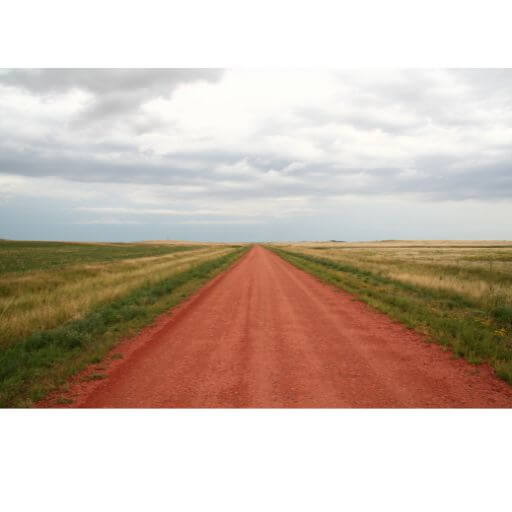
Heavyweight Aggregates
Heavyweight aggregates are materials with a higher density than traditional aggregates. They are often used in applications where high mass is required, such as radiation shielding or counterweights.
Barite
Barite is a mineral composed of barium sulfate. It has a high specific gravity, making it an ideal choice for heavyweight concrete or radiation shielding. Barite can also be used as an aggregate in the production of high-density concrete.
Iron Ore
Iron ore is a mineral that contains iron and is mined from the earth. It is commonly used to produce steel, but it can also be used as a heavyweight aggregate in concrete. Iron ore provides high density and strength to concrete structures.
Magnetite
Magnetite is a black, iron oxide mineral that is naturally magnetic. It has a high specific gravity and is commonly used as a heavyweight aggregate in concrete. Magnetite enhances the weight and density of concrete, making it suitable for various applications.
Fine Aggregates
Fine aggregates are small particles of rock or other materials that pass through a 4.75mm sieve. They are commonly used in the production of concrete and mortar.
Natural Sand
Natural sand is the most common type of fine aggregate. It is typically sourced from riverbeds, beaches, or sand dunes. Natural sand is used in various construction applications, such as concrete production, plastering, and masonry.
Manufactured Sand
Manufactured sand, also known as crushed sand or artificial sand, is produced by crushing rocks or quarry stones. It has a more angular shape compared to natural sand, which makes it suitable for concrete production. Manufactured sand is often used as a substitute for natural sand in construction projects.
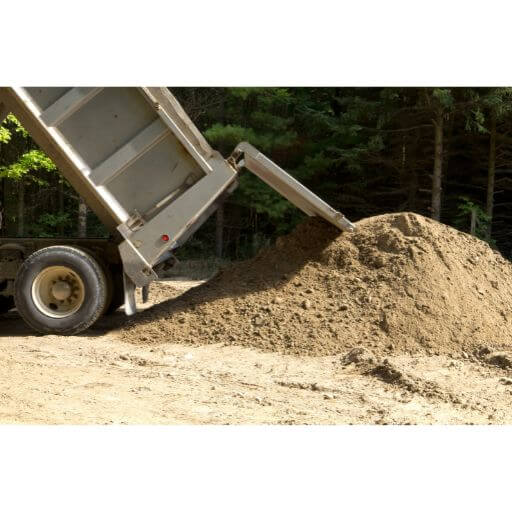
Coarse Aggregates
Coarse aggregates are larger particles of rock or other materials that are retained on a 4.75mm sieve. They provide the main structural strength to concrete.
Crushed Gravel
Crushed gravel is a coarse aggregate that is produced by crushing larger rocks or stones. It is commonly used as a base material in road construction, backfilling, and landscaping. Crushed gravel provides stability and drainage to these applications.
Crushed Stone
Crushed stone is similar to crushed gravel, but it is prepared by crushing larger stones or rocks. It is commonly used in concrete production, road construction, and erosion control. Crushed stone provides strength and durability to concrete structures.
Density-Based Aggregates
Density-based aggregates are materials that are classified based on their density. They are often used in applications where a specific density is required.
Gravels
Gravels are coarse aggregates that have a specific gravity higher than water. They are commonly used in the production of high-density concrete and mortar. Gravels provide stability and increased weight to these applications.
Stone Aggregates
Stone aggregates are dense, durable aggregates that have a specific gravity higher than water. They are often used in heavyweight concrete, radiation shielding, and counterweights. Stone aggregates provide high density and strength to these applications.
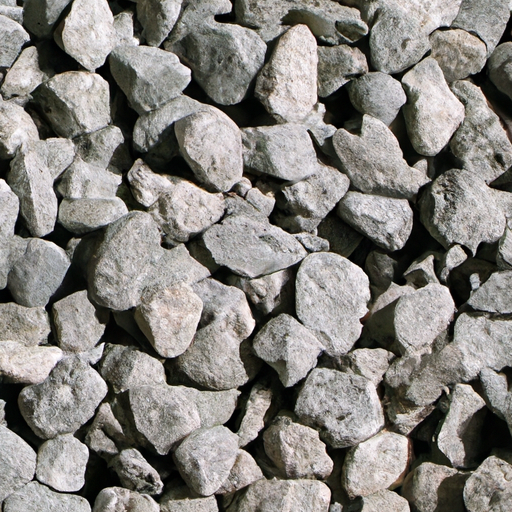
Porosity-Based Aggregates
Porosity-based aggregates are materials that are classified based on their porosity or ability to absorb water. They are often used in applications where drainage or water absorption is essential.
Sintered Fly Ash
Sintered fly ash is a lightweight aggregate that is created by heating fly ash at a high temperature. This process causes the particles to bond together, resulting in a porous structure. Sintered fly ash is commonly used in lightweight concrete and as a drainage material.
Perlite
Perlite is a volcanic glass material that is expanded by heating. It has a high porosity and excellent insulating properties. Perlite is often used as a lightweight aggregate in concrete, masonry, and insulation applications.
Chemically-Based Aggregates
Chemically-based aggregates are materials that are classified based on their chemical composition. They offer specific properties and functionalities to concrete.
Silica Fume
Silica fume, also known as microsilica, is a byproduct of the silicon and ferrosilicon alloy production. It is a fine, amorphous material that consists of highly reactive silica particles. Silica fume improves the strength, durability, and workability of concrete.
Rice Husk Ash
Rice husk ash is an agricultural waste product obtained from the burning of rice husks. It is commonly used as a partial replacement for cement in concrete. Rice husk ash enhances the sustainability and durability of concrete structures.
In conclusion, aggregates play a crucial role in the construction industry. They provide strength, stability, and durability to concrete structures. From natural aggregates like gravel, sand, and crushed stone, to manufactured aggregates like recycled concrete, fly ash, and blast furnace slag, there are various types to choose from based on the specific requirements of a project. Whether it’s lightweight aggregates for weight reduction, heavyweight aggregates for high mass applications, or fine and coarse aggregates for structural strength, the right choice of aggregates is essential for achieving quality and long-lasting construction results.
